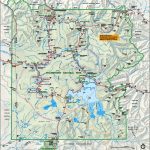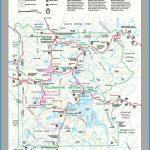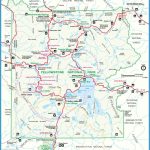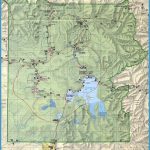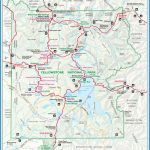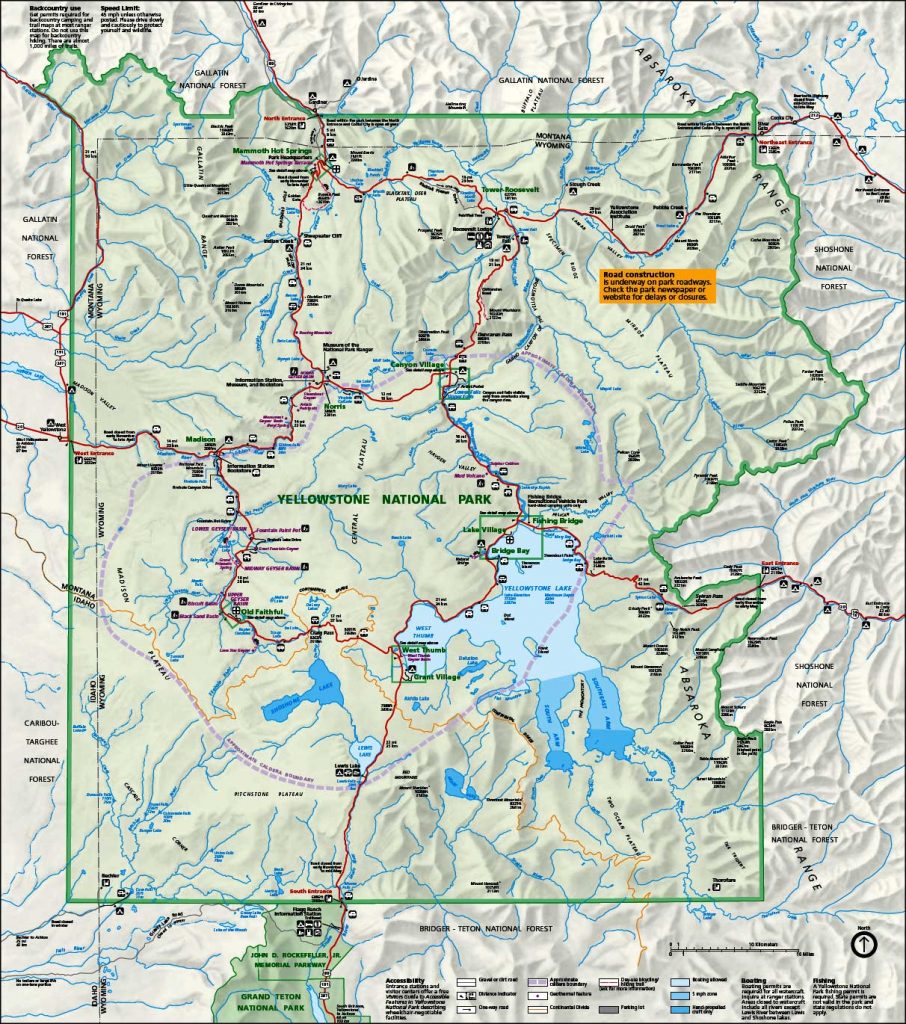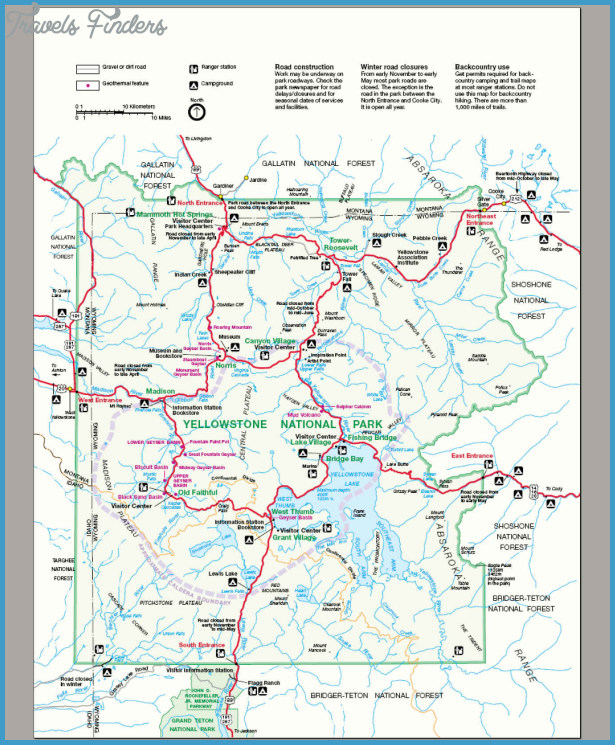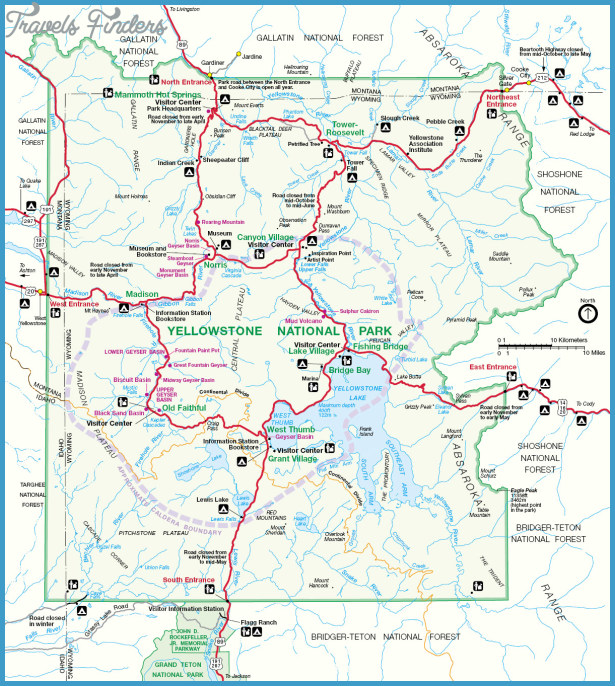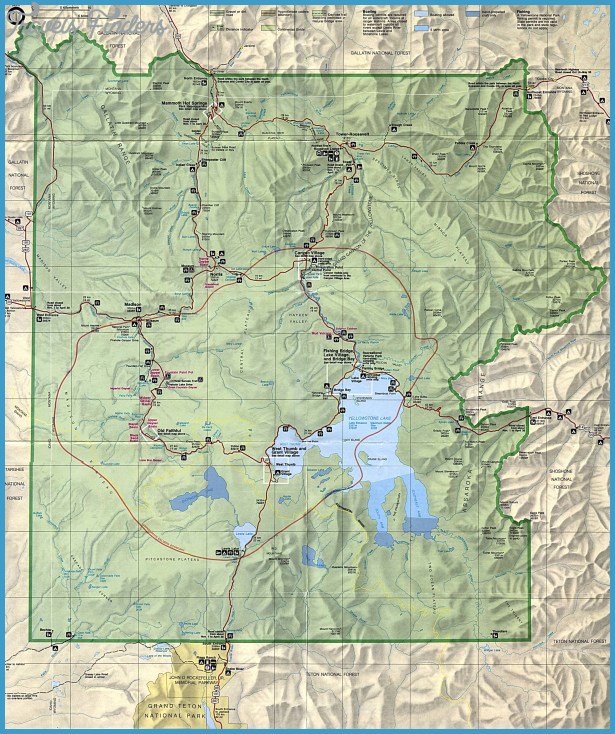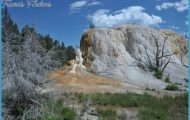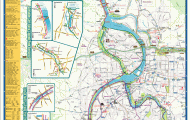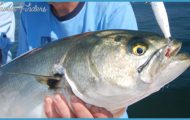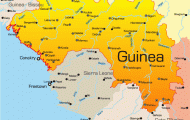The Road Logs and Destinations start with the gateway communities and sights outside the park, and then follow the approach roads and then the entrance roads onto the Grand Loop Road. These sections are indicated on the maps called Key to the Park Roads, 14, and Key to the Approach Roads, 24. The latter map is color-coded to match the table of contents and the Road Log chapters. Pairs of mileage indications show the distance from an entrance station or major junction as well as the distance from the other direction. Mileage figures are general guidelines; park road improvements sometimes change distances. Metric equivalents for the distances are provided in the introduction to each road segment and on the maps.
Destinations you encounter along the way are described in detail as you come to them. In the hydrothermal areas, I describe only the most readily visible, historically interesting, and fascinating geysers and hot springs. Since geysers are notoriously changeable, eruption details are kept somewhat general. While no one can predict where to see wild animals, you’ll find hints for finding them on the road segment maps and in the Living Things chapter. Also note that you won’t necessarily find a certain animal or plant near a feature bearing its name.
After the Road Logs come chapters on Yellowstone’s geologic past, its human history, and its flora and fauna. Practical help for planning your trip is found in the “Travel Tips” chapter and in the facilities and campgrounds charts. Before the index you’ll find a suggested reading list and a chart of 58 recommended short walks.
Yellowstone Map Photo Gallery

